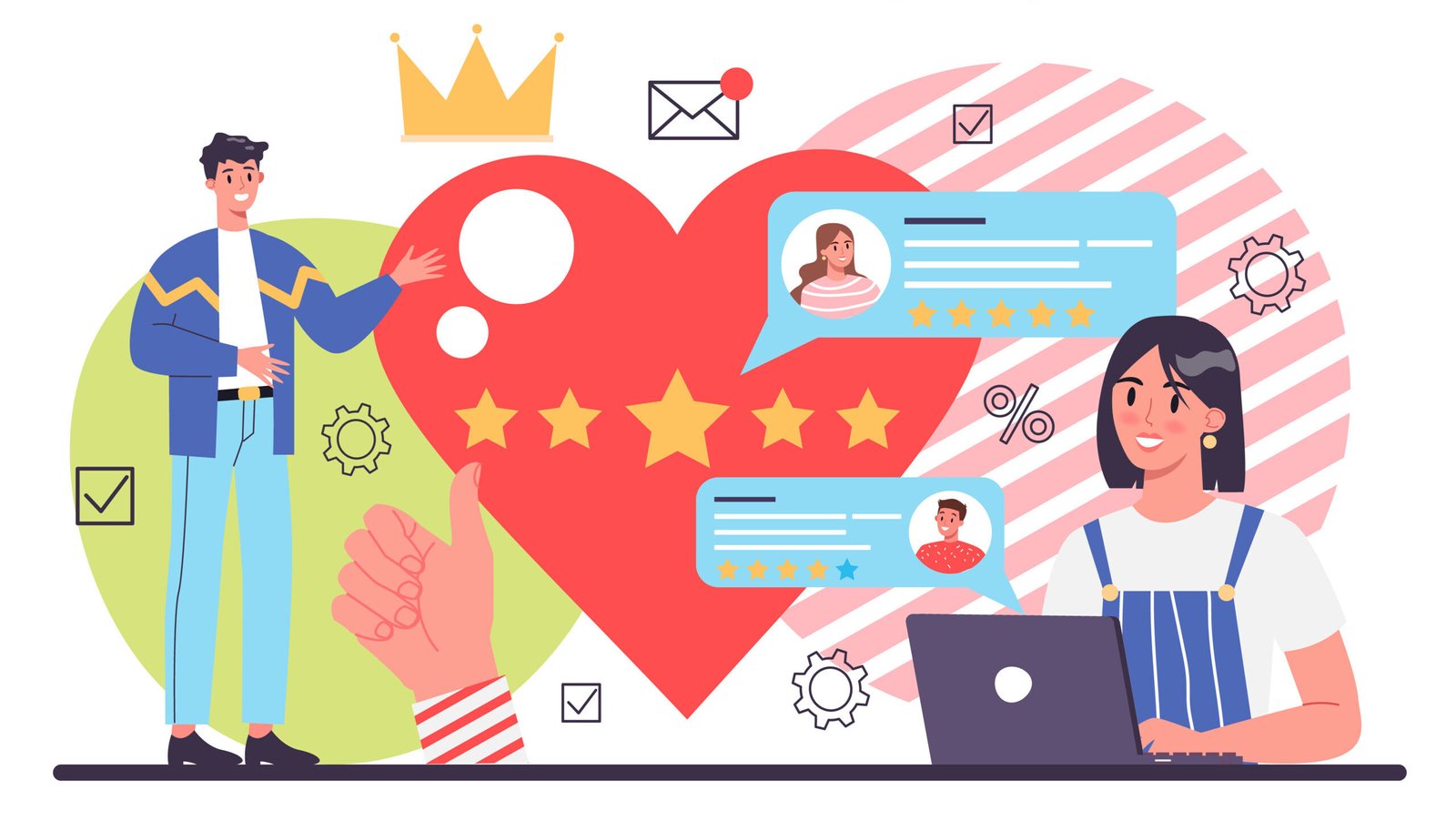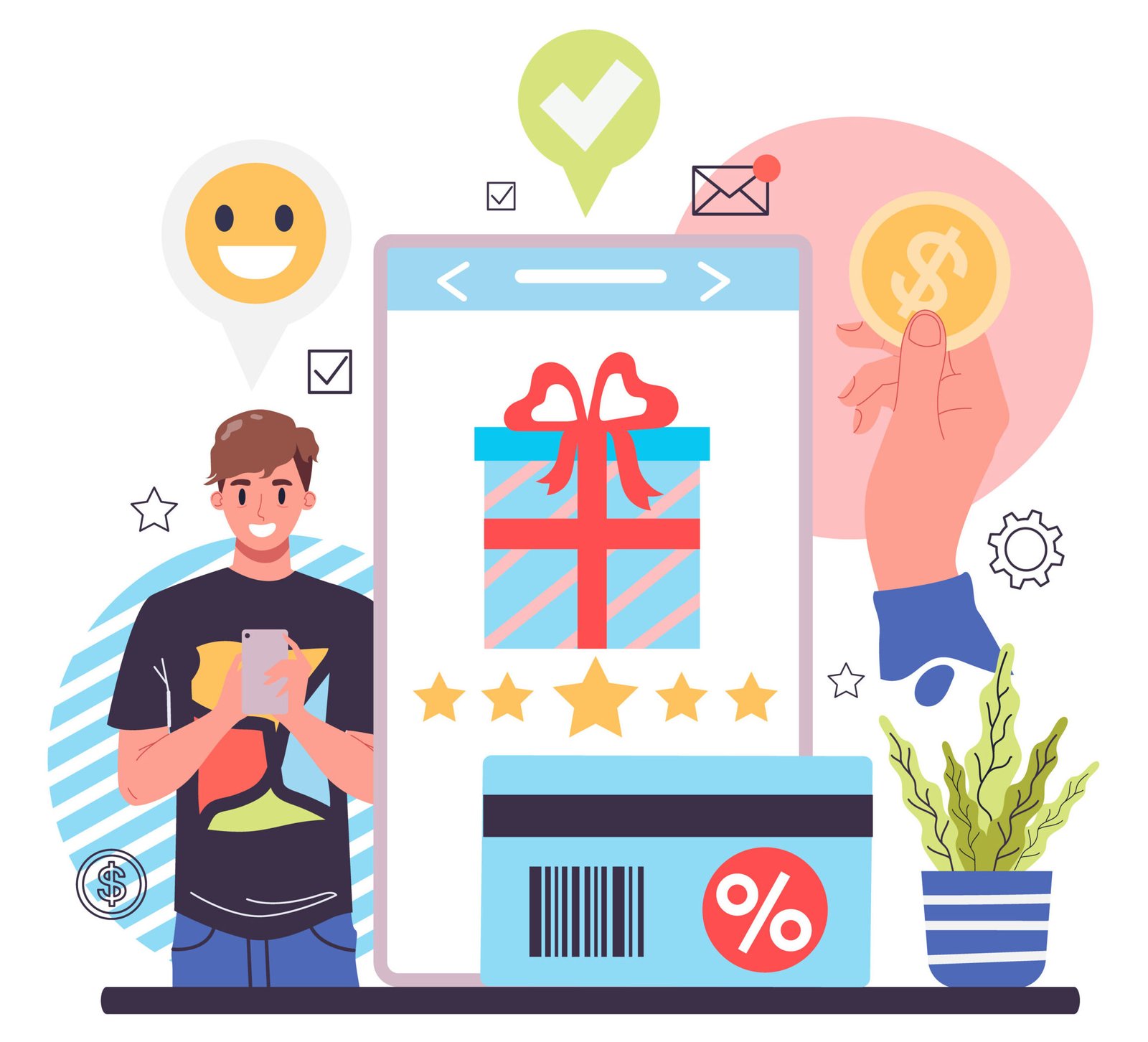Emotional connections are the life-blood of customer loyalty. Studies show that customers with emotional bonds are 52% more valuable than those who are just satisfied. These customers also show a 306% higher lifetime value compared to satisfied customers.
Gallup’s research shows that emotions drive 70% of purchasing decisions, while rational factors account for just 30%. Customers look for brands that help them feel understood and valued as customers while still delivering products that they value. These emotional triggers lead to better profits, and companies see up to 70% increased usage among millennials when their products create emotional bonds.



